1. Energy Flow:
Energy source----Producers or Autotrophs---Consumer or Heterotrophs
-Energy source: sunligth and inorganic chemical compounds.
-Producers of Autotrophs: Capture energy from sunlight (photosynthesis) or chemicals (chemosynthesis) and use that energy to produce food. Ex. plants, alga and some bacteria.
-Consumers or Heterotrophs: Organism that rely on other organisms for their energy and food supply. Herbivores: obatin energy by eating only plants. Carnivores: obtain energy by eating animals. Detritivores: Feed on plant and animal remains and other dead matter (scavangers, crabs, earhtworms). Decomposers or Sapotrophs: Breaks down organic matter (bacteria and fungi).
2. Trophic levels:
Each step in a food chain or food web. Each consumer depends on the trophic level below it for energy ). First level=producers. Second, Third and Fourth level= Consumer.
The amount of energy in each trophic level is decresing.
Only about 10% of the energy avaible within one trophic level is transferred to organisms at the next trophic level. Thus the more levels that exist between a producer and a top -level consumer in an ecosystem, the less energy that remain from the original amount.
3. Cycles of matter:
The water cycle:
Water moves between the atmosphere, hydrosphere and lithosphere.
Atmosphere: enters to the atmosphere by the processes of evaporation and transpiration. Within the atsmosphere condensation and precipitacion occurs.
Lithosphere: enter or falls into the lithosphere by precipitation, once in the lithosphere can take two different ways: runoff (over the surface) orseepage (reaching the ground water).
Hydrosphere: enters of falls to the hydrosphere by precipitation, runoff and seepage.
The Carbon Cycle:
Ocean (hydrosphere) is the main reservoir of Carbon (71% of the total carbon). Plant only use 1% held in the atmosphere, circulated, and used in photosynthesis. Fossi carbon is the second reservoir of carbon (22% f the total carbon in the biosphere).
Biological processes, such as photosynthesis, respiration and decomposition, take up and relase carbon and oxygen.
Erosion and volcanic activity realeasee carbon dioxide to the atmosphere and oceans.
Carbon in the atmosphere: carbon dioxide gas.
Carbon in the hydrosphere (ocean): calcium carbonate.
Carbon in living things: Carbon compounds.
The Nitrogen Cycle:
Nitrogen---amino acids---Proteins.
Nitrogen in the atmosphere: Nitrogen gas. Non usable form for living things, except some bacteria.
Nitrogen in the lithosphere: Ammonia and Nitrates. Usable form for plants. Root uptake.
Nitrogen in living things: tissues and some carbon compounds.
Major Nitrogen reservoir: Atmosphere: 80%. i.e. Abundant in non usable forms and scarce in usable forms for living thing.
Nitrification: nitrogen fixation: conversion of nitrogen gas into ammonia. the ONLY organisms able to do it are bacteria. Some abiotic factor can fixx nitrogen such as: lightning, volcanic eruption and very high temperatures. Provide usable forms of nitrogen to the plants.
Denitrification: Other soil bacteria convert nitrates into nitrogen gas. Release nitrogen into the atmosphere.
The Phosphorus Cycle:
Major reservoir in the biosphere: Lithosphere: In rock and soil minerals.
Do not enter to the atmosphere.
Phophorus in the lithosphere: inorganic phosphate.
4. How does the way the matter flows through an ecosystem differ from the way tat energy flows?
Unlike the one-way flow of energy, matter is recycled within and between ecosystem.
5. Why do living organism need nutrients?
To built tissues and carry out life function.
6. Greenhouse effect:
Gases in the atmosphere ( Carbon dioxide, methane, water vapor) trap heat inside Earth's atmosphere.
7. Three main climate zones:
-Tropical zone: near equator; receives direct of nearly direct sunlight year-round, climate is almost always warm.
-Polar zone: near Norht and South poles; receive the sun's rays at a low angle, climate is cold.
-Temperate zone: between the other two zones; receive sunlight at changing angles during the year, climate ranges from hor to cold.
8. Main factors that determine Earth's climate:
-Trapping of heat by the atmosphere.
Gases in the atmosphere ( Carbon dioxide, methane, water vapor) trap heat inside Earth's atmosphere.
7. Three main climate zones:
-Tropical zone: near equator; receives direct of nearly direct sunlight year-round, climate is almost always warm.
-Polar zone: near Norht and South poles; receive the sun's rays at a low angle, climate is cold.
-Temperate zone: between the other two zones; receive sunlight at changing angles during the year, climate ranges from hor to cold.
8. Main factors that determine Earth's climate:
-Trapping of heat by the atmosphere.
-Latitude
-Transport of heat by winds and ocean currents
-Amount of precipitation.
9. Two ways in which heat is transported in the biosphere.
-Winds
9. Two ways in which heat is transported in the biosphere.
-Winds
-Ocean currents.
10. Difference between climate and weather.
10. Difference between climate and weather.
-Wheather is the day to day condition of Earth's atmosphere at a particular time and place.
-Climate refers to the average, year after year conditions of temperature and precipitation in a particular region.
11. Latitude and effect on the climate:
Refers to the distance north and south of the equator.
Because the Earth is sphere solar radiation strikes different parts of Earth's surfaces at an angle that varies throughout the year.
As result of differences in latitude and thus the angle of heating, the Earth is divided in three main climate zones.



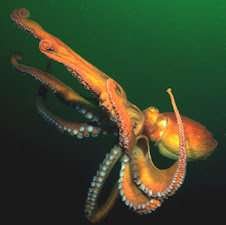

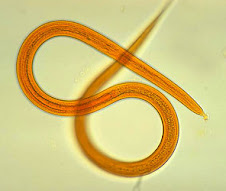




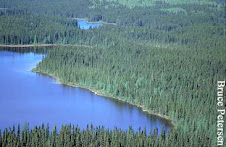
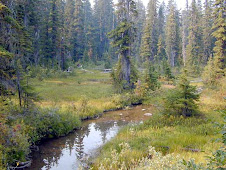
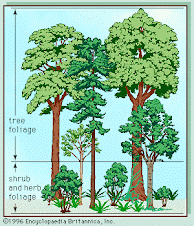



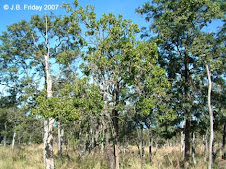
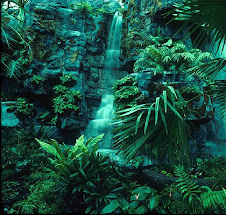

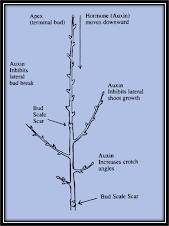


1 comentario:
JEJEJEEJ HAY q poNeRse LAS pIlaS pArA pAsaR!!!eL aÑo!!!!
Publicar un comentario